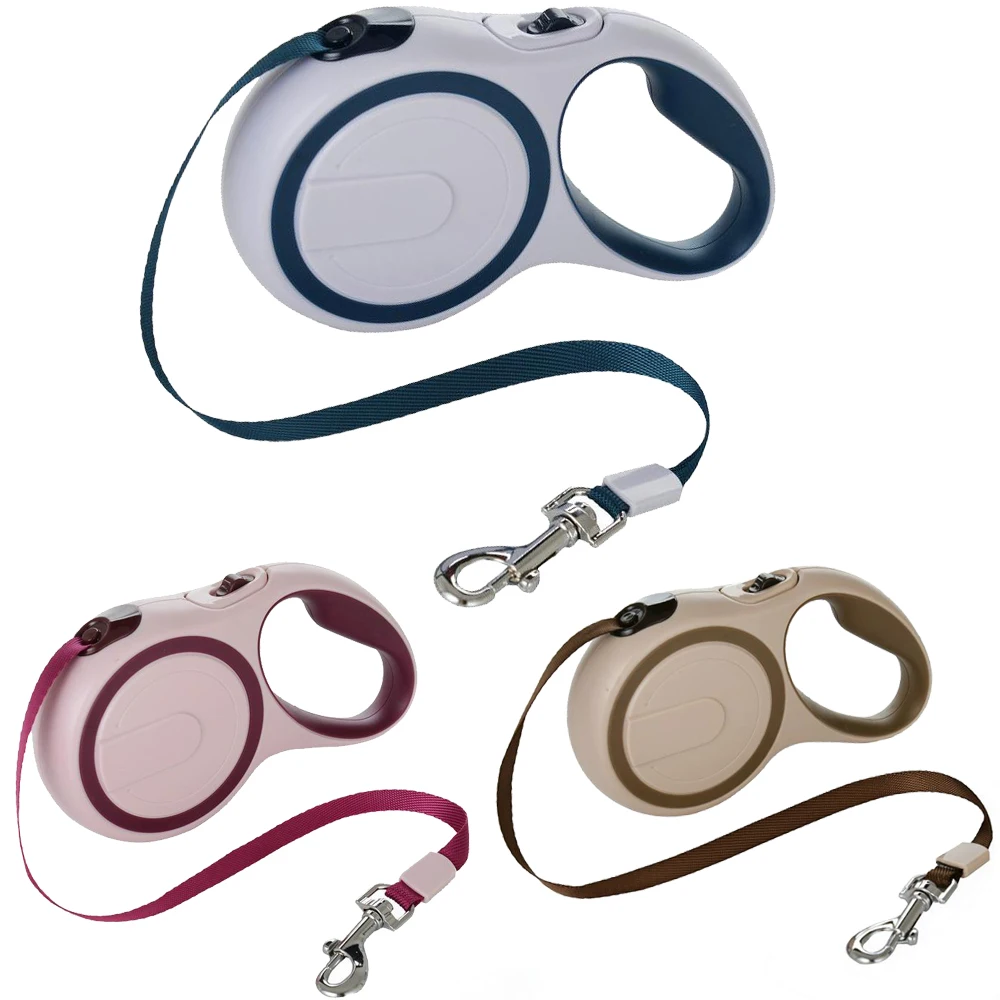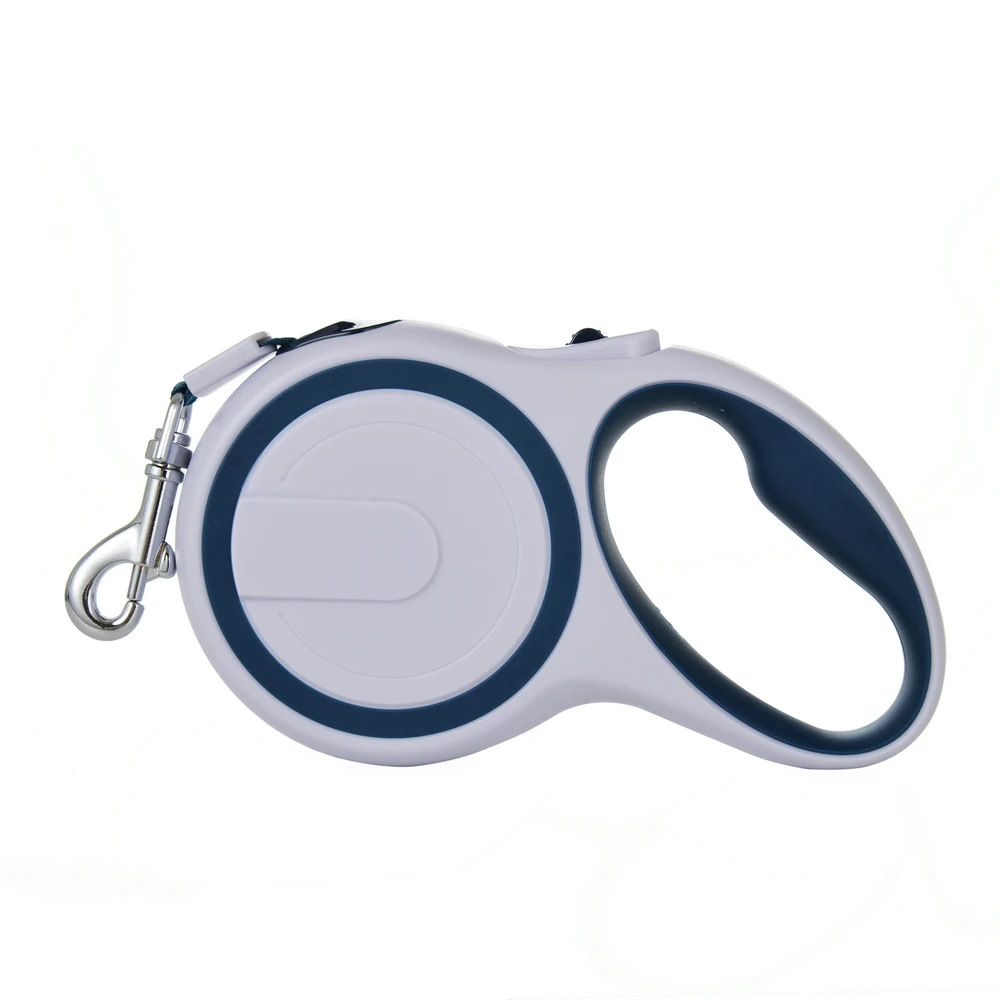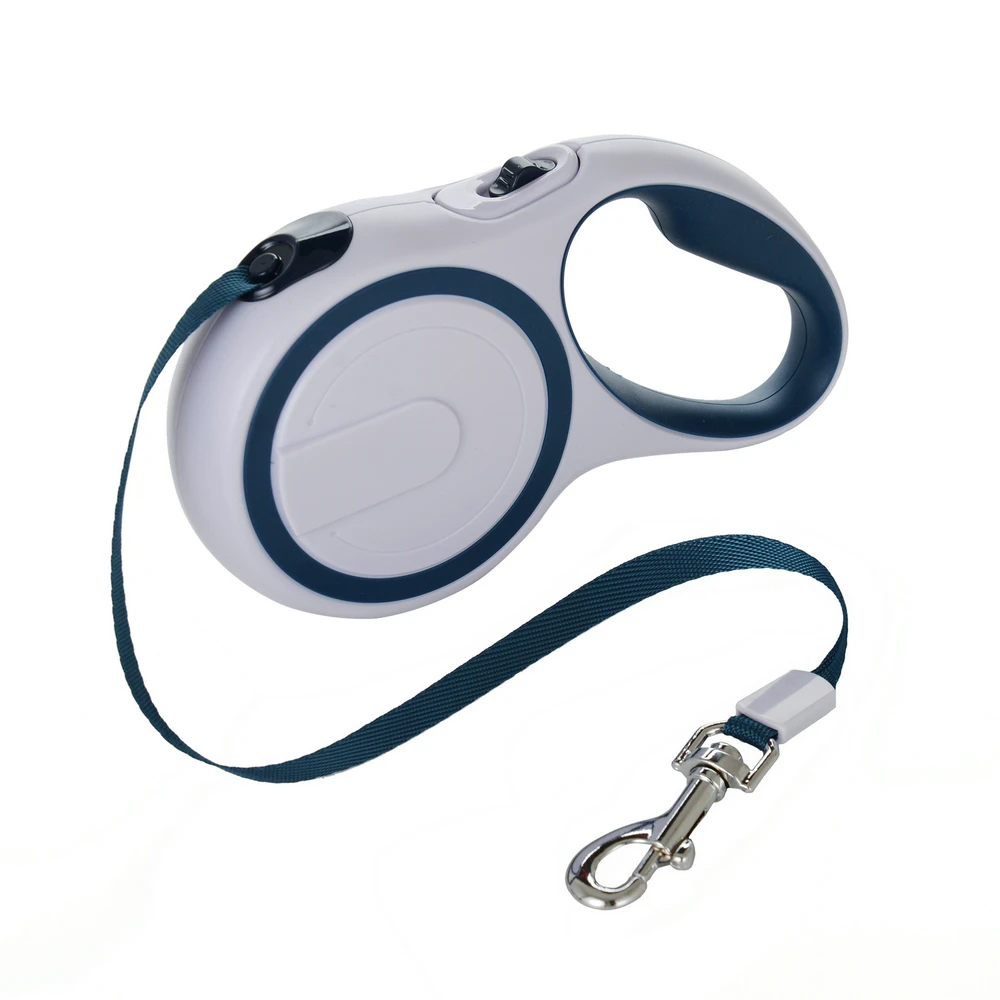Retractable leashes are a popular choice among dog owners, often perceived as a means to provide dogs with freedom during walks. However, many dog trainers caution against their use, citing numerous safety and training concerns. This article delves into the reasons behind this advice, providing insights for responsible dog ownership.
Understanding Retractable Leashes
What Are Retractable Leashes?
Retractable leashes are designed with a mechanism that allows the owner to control the length of the leash, often extending up to 26 feet or more. This feature is intended to give dogs the freedom to explore their surroundings while still being within the owner’s control. The leash consists of a thin cord that retracts into a casing, allowing for variable lengths depending on the owner’s preference. While this may seem advantageous, the inherent design poses risks that can undermine the benefits.
How They Operate
The mechanism of retractable leashes typically involves a spring-loaded spool that can be locked at various lengths. While this allows for flexibility in movement, it can also lead to complications. For instance, if the locking mechanism fails or if the leash becomes tangled, it can create dangerous situations. Furthermore, the thin cord can snap, posing a risk not only to the dog but also to the owner, who might suffer injuries from the sudden pull. This variability in leash control can lead to unforeseen accidents, raising serious questions about their safety.

Safety Concerns
Increased Risk of Injury
One of the most significant concerns with retractable leashes is the increased risk of injury. The thin cord is not only easy to snap, but it can also cause rope burns or lacerations if a dog suddenly lunges or if the owner is caught off guard. Additionally, if a dog breaks free, they may dart into traffic or get into a confrontation with another animal, leading to potentially serious consequences. The freedom that these leashes provide can quickly turn into a safety hazard, prompting many trainers to advise against their use.
Limited Control in Emergencies
In emergency situations, having a long, retractable leash can severely limit an owner’s ability to respond quickly. For instance, if a dog encounters an aggressive animal or runs towards a busy street, the extended distance can make it challenging for the owner to pull the dog back swiftly. Traditional leashes allow for immediate control, offering a greater sense of security in unpredictable situations. This lack of control can lead to dangerous scenarios, underscoring the importance of using leashes that provide better management.
Training Challenges
Impeding Effective Communication
Effective dog training relies on consistent and clear communication between the owner and the pet. Retractable leashes can hinder this vital interaction by creating a disconnect. When a dog is allowed to roam freely at the end of a long cord, they may become less responsive to commands. This lack of attentiveness can frustrate owners and complicate training efforts, leading to inconsistent behavior. A traditional leash fosters better communication, making it easier to reinforce commands and encourage good behavior.
Reinforcing Unwanted Behaviors
Retractable leashes can inadvertently teach dogs undesirable habits. For instance, when dogs pull on the leash to explore, they learn that such behavior yields more freedom. This can lead to persistent pulling, making walks more chaotic and difficult to manage. Traditional leashes provide the opportunity to correct these behaviors more effectively. By maintaining a close connection, owners can consistently reinforce proper leash manners, ultimately resulting in a more enjoyable walking experience.

Alternatives to Retractable Leashes
Traditional Leashes
Traditional leashes, typically ranging from four to six feet in length, offer numerous advantages over retractable options. They provide greater control, enabling owners to maintain a close connection with their dogs during walks. With a fixed-length leash, owners can quickly adjust their dog’s position and respond to any distractions or hazards. This level of control is especially important for larger or more energetic breeds, as it ensures a safer walking experience for both the dog and the owner.
Training Leashes
Training leashes present another excellent alternative, particularly for dogs requiring additional guidance during walks. These leashes often feature a padded handle for comfort and can come in various lengths, providing flexibility without the risks associated with retractable mechanisms. Training leashes promote effective communication, allowing for reinforcement of good behavior while offering enough slack for dogs to explore safely. This approach not only enhances training but also fosters a more enjoyable experience for both parties.
The Impact on the Walking Experience
Distractions and Overstimulation
Walking a dog on a retractable leash can lead to increased distractions and overstimulation. The ability to roam freely allows dogs to encounter various stimuli—other animals, people, and enticing scents—that can overwhelm them. This often results in hyperactivity or excessive excitement, turning walks into chaotic experiences where the owner struggles to maintain control. In contrast, traditional leashes promote a calmer atmosphere, enabling both the owner and the dog to focus on the walk itself and each other.
Enhancing the Bond Between Dog and Owner
Walking provides an essential opportunity for bonding between dog and owner. Traditional leashes facilitate closer interactions, allowing for consistent communication and engagement. Keeping dogs within a reasonable distance enables owners to offer praise and corrections effectively, reinforcing good behavior during walks. This shared experience fosters a deeper relationship, which can enhance overall obedience and cooperation both on and off the leash, ultimately contributing to a more harmonious partnership.
Misunderstandings About Retractable Leashes
Common Myths
Many dog owners fall into the trap of believing that retractable leashes are superior due to their perceived advantages, such as flexibility and freedom. However, these benefits often come with considerable drawbacks that can outweigh any positives. A common myth is that retractable leashes offer more safety than traditional ones; however, the risk of accidents and injuries suggests otherwise. Understanding the true nature of retractable leashes is crucial for making informed decisions about walking gear.
The Appeal of Freedom
The desire to give a dog more freedom while walking is understandable, particularly for energetic breeds. However, this desire must be balanced with safety and training considerations. Many trainers advocate for controlled freedom, emphasizing the importance of structured walks that allow for exploration within safe limits. Owners can achieve this by using traditional leashes and providing supervised off-leash time in secure areas, ensuring that dogs enjoy freedom without compromising their safety.

Expert Opinions on Leash Choices
Insights from Professional Trainers
Professional dog trainers frequently advise against retractable leashes, drawing from their extensive experience with various dog behaviors. Trainers emphasize the importance of control and effective communication during walks, highlighting that traditional leashes facilitate better training outcomes. Having a reliable tool to manage a dog’s behavior is essential, and retractable leashes often fall short in this regard. Trainers encourage dog owners to prioritize safety and training by choosing leashes that support these goals.
Case Studies and Research
Research on dog behavior aligns with the concerns raised by trainers regarding retractable leashes. Studies indicate that dogs trained with traditional leashes exhibit better leash manners and responsiveness to commands. Additionally, case studies involving leash-related accidents highlight the potential dangers associated with retractable options. These findings reinforce the idea that prioritizing safety and training is essential for responsible dog ownership, encouraging owners to reconsider their choice of leashes.
Conclusion: Making Informed Choices
Prioritizing Safety and Training
In conclusion, while retractable leashes may initially appear appealing due to their flexibility, the potential risks and training challenges they introduce cannot be overlooked. Many dog trainers advise against their use in favor of traditional leashes that promote safety, effective communication, and positive training experiences. By prioritizing these factors, dog owners can ensure that their walks are not only enjoyable but also beneficial for their pets’ overall well-being.
Finding the Right Leash for Your Dog
Choosing the right leash is a critical aspect of responsible dog ownership. Traditional leashes and training leashes provide greater control and facilitate effective communication, ultimately enhancing the bond between owner and pet. As dog owners, it is essential to make informed choices that prioritize safety and training, ensuring a positive walking experience. By understanding the implications of different leash types, owners can make decisions that promote their dog’s safety, happiness, and overall quality of life.










